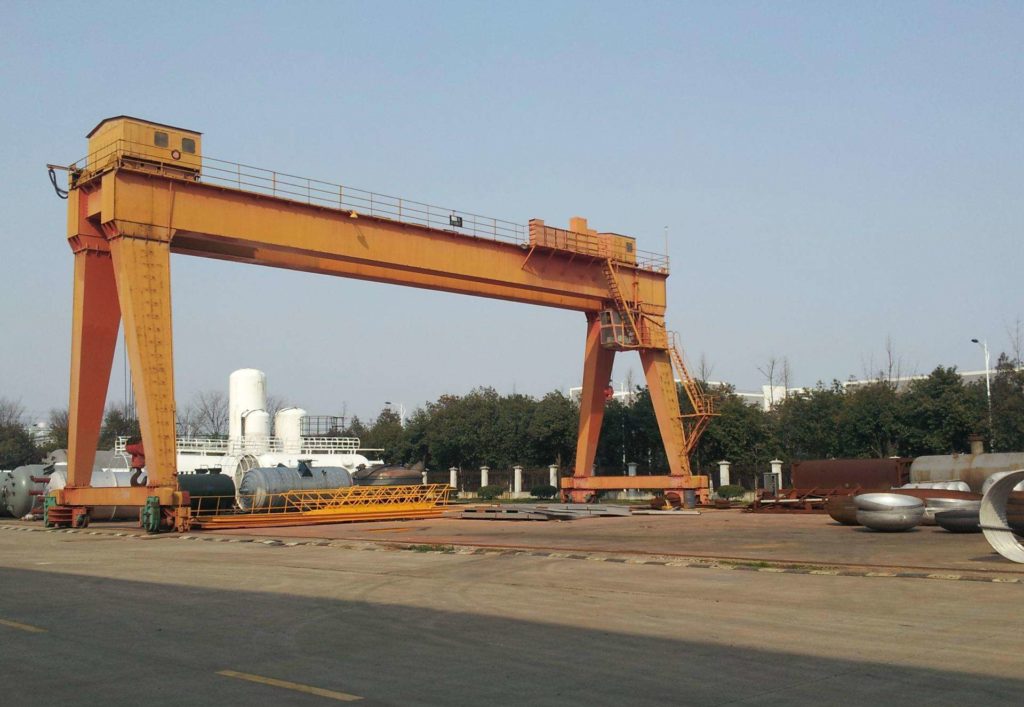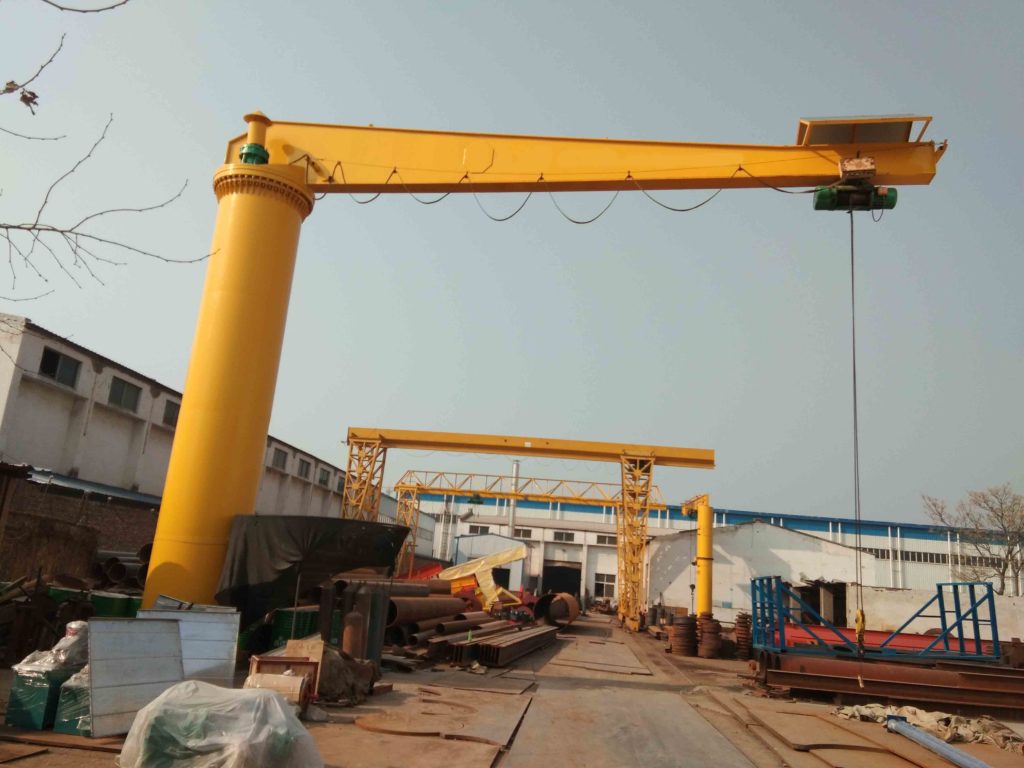There are some important things that you should know about 10-ton cranes before you buy one for your business. The more educated you are about how these cranes work the easier it will be for you to find one that is well suited to the needs of your company.

Although you probably already know this, these cranes have a maximum lifting capacity of 10 tons. That means that they are capable of lifting as much as 20,000 pounds, making them a good choice for many industrial applications. They are widely used in the shipping and manufacturing industries, simply because they make it so much easier and more efficient to move heavy objects around.
There are quite a few different styles of cranes available that fall into this category. Bridge cranes, which are also known as overhead cranes, are some of the most popular. These cranes are typically mounted indoors. In most cases, they span the entire width of the building where they are installed, with each end of the crane being attached to opposing walls.
The crane can move from one end of the building to the other along a set of rails that are attached to the walls. Depending on the design of the crane, it can either have one girder or two. A trolley with an attached hoist can be moved back and forth along the length of the girder(longitud de la viga). This enables the crane operator to access just about any area of the building by maneuvering the crane itself and the attached trolley.

Some jib cranes are also capable of lifting as much as 10 tons(hasta 10 toneladas). The design of these cranes is quite a bit different than bridge cranes. Freestanding jib cranes are made up of a vertical column that is attached to the ground. At the top of the column, there is a horizontal boom that extends outward. This boom is known as the jib. Attached at the jib, there is a trolley that can move along the length of the boom. The hoist that is attached to the trolley can be used to lift and lower heavy objects underneath.
The jib can rotate around the column or post that it is mounted to, covering a 360° swath underneath the crane. Jib cranes can also be wall-mounted or column-mounted. That means that they are either mounted directly to the wall or to one of the columns inside a building. When they are installed this way, they can usually only rotate 180° since the wall prevents them from spinning in a full circle.

Finally, gantry cranes are also available in 10-ton models. These cranes are similar to overhead cranes. The primary difference is that they are attached to legs with wheels at the bottom rather than being attached to the walls. They form a rectangular shape similar to the bottom of the goalpost at the end of a football field. The wheels on the bottom of the legs allow them to be moved around, making them a versatile choice in terms of how and where they can be used.